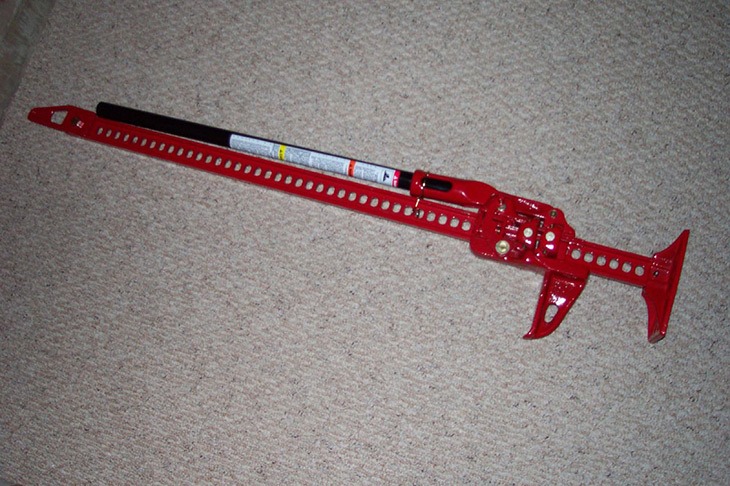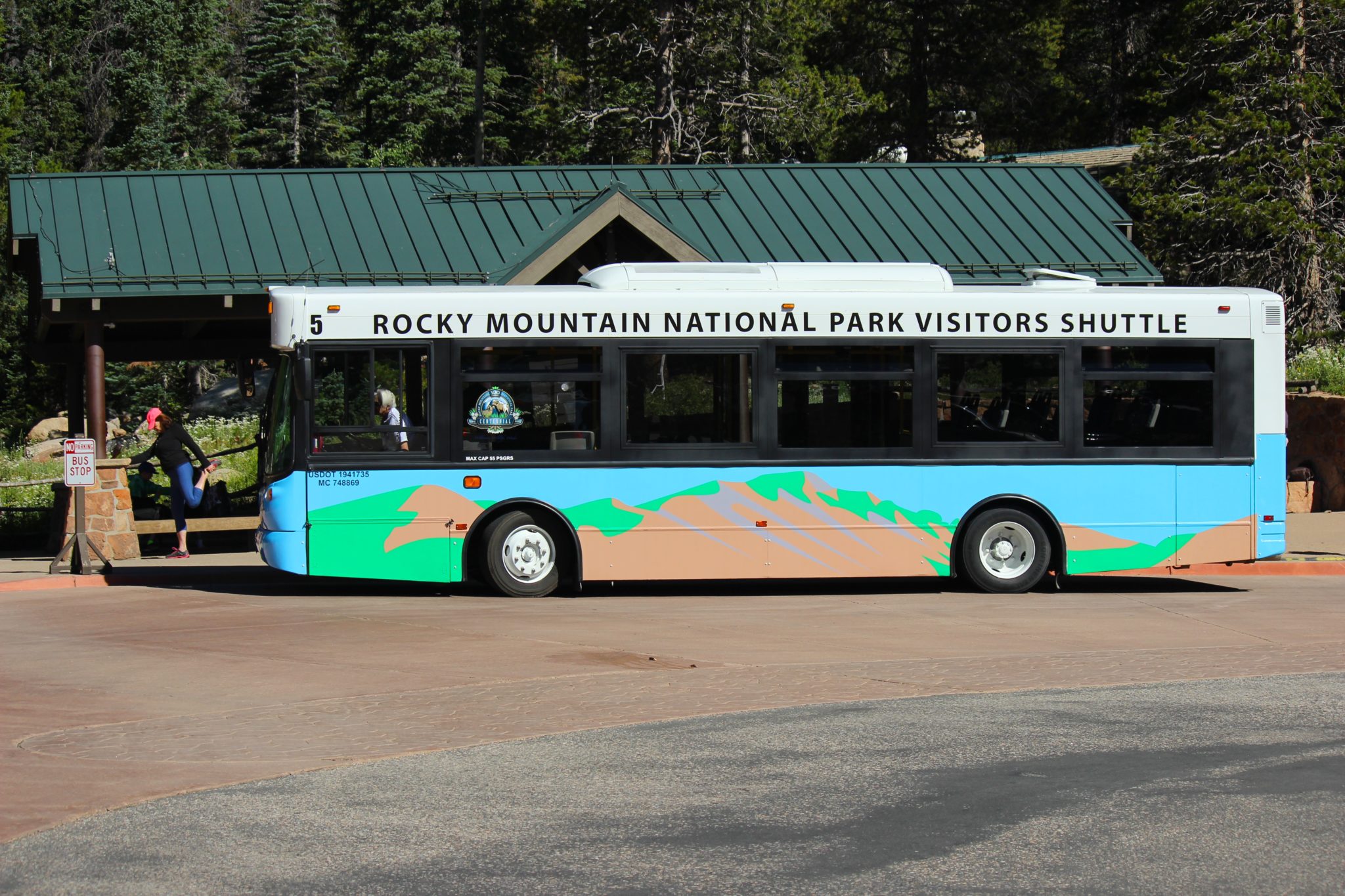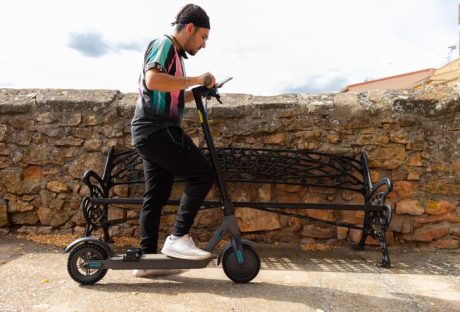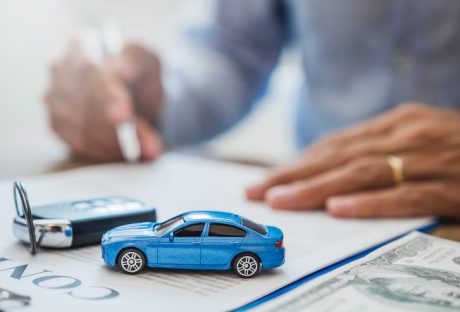If one is just starting out with an RV, you need some tips to avoid costly mistakes. It may sound like a little issue but having a well-equipped RV requires good knowledge of what you need and how to go about it. The most important RV parts are the car and what you put in it. No matter the length of your trip, here are some tips to start you off.
1. Renting or buying
Whether you want to rent an RV or own one is entirely a subjective choice. If you want to try out the RV experience before going all in, you can rent one. This option will save you some money especially if you rarely go on RV trips. If you are the bird on the road, buying one with save you money in the long haul. The option is entirely yours as you can buy one then rent it if you are not a trip person.
2. Practice makes perfect
Actually, only perfect practice makes a perfect skill. You need to know that driving an RV is far much different compared to a normal car. So, take one and take it for a drive on different types of terrain to know how you can keep the drawers shut and the glasses from breaking even on right terrain.
3. Have a solid plan
Most people make the mistake of going on a trip with only the departure and arrival locations marked out. You need to plan the exact route, your expenditure, the locations on the route you will be visiting, camping grounds and other areas. This way, your trip will be easy to handle. You can have a little fun along the way but avoid deviating too much from the primary plan.
4. Familiarize yourself with the RV
It does not require you to be a mechanical engineer to know how to take care of a car. The issue is that this is not your common everyday vehicle. You need explicit instructions on how to handle the car including the most common mistakes and issues one is likely to run into. Whether you are hiring or buying the RV, these skills will save you from the pain of incurring unnecessary costs.
Read also: TIPS TO KEEP YOUR KIDS SAFE IN A CAR
5. Be equipped
Equipping yourself for the trip will go beyond packing enough food and clothes to include spare parts for the car. Ensure you have packed enough spare connectors, fuses, bulbs, spanners, screwdrivers, nuts, bolts, jumper cables and many more. Keep in mind that if you do not have a specific part and your car breaks down, you may have to wait for days before it is shipped to you.
Read also: How To Shop For A Car With Your Teen Driver?
6. Prepare for the campground
The campground is one of the most involving areas when going on a trip with an RV. Make sure that ground has no obstacles such as branches hanging low or boulders. Find the sewage, water and electricity systems to know how you can charge up yourself for the next trip. Once you have chosen your spot, chock your wheels to avoid any crazy situation of your home running off. Make sure you correctly connect your rig to the sewer and electrical lines. If you are not sure of how to go about it, ask for help.
These tips will make you a bit of an expert before you start your first trip in an RV. While your focus is on the fun and experience of going about with the RV, staying safe and within the law will make the whole experience far much better than you can ever imagine.






















